Marketers have been relying on third-party data to help them create personalized experiences for their customers for long years – but their time is ending. And while Google keeps postponing the date by which they will disable it altogether (the newest date is the end of 2024), marketers might have already found an equally powerful but far more privacy-friendly method to gather customer data.
Enter Zero party data – detailed customer data that users give to brands voluntarily to tell the brands directly about what they want from them.
What is Zero Party Data exactly though and why it’s worth it to use in your marketing efforts? You’ll learn everything in this article.
What is Zero Party Data?
Zero Party Data refers to information knowingly shared by a customer that relates to their preferences and intentions. It is collected and stored by a brand and offers a clear insight into what the customer intends to do or buy in the future, the content they want to receive or how they’d like to be engaged. You could say that customers own zero-party data but they are willing to share it with you so you would know how they want to be treated.
Depending on the industry your brand operates in, there are dozens of potential Zero Party Data types that your brand might find valuable:
- Contact details
- Purchase intentions
- Preference center data
- Customer interests (or what they are not interested in)
- Customer behavior details, etc.
Basically, any piece of personal information that would be helpful for you to know, and that the customer is willing to share with you can be Zero Party Data.
For example, let’s say that a customer created an account on your website and is now checking the options about how they want to communicate with you:
- What is their preferred engagement channel to be reached through (email, SMS, push notification, etc)
- What time of the day would they like to be messaged
- How often do they want to hear from you, etc.
All of those are zero-party data examples since the customer gives you the data themselves – they want you to know how often you can send them messages and in what way.
Is Zero Party Data the same as First Party Data?
For some people, ZPD is simply another form of First Party Data. And this is true, insofar as Zero Party Data is also collected directly by the brand itself. However, the reason that a distinction has been made between them is that there are substantial qualitative differences in terms of what they relate to and how they are collected.
The biggest difference is that First Party Data is behavioral. It’s based on the customer’s activity (browsing and purchase history, total spend to date, category of product most commonly bought, and so on). The customer isn’t directly telling you any of this, you know it because you’re tracking his activity.
Zero-party data collection meanwhile is all about gathering the data customers explicitly want you to have – such as the above-mentioned messaging preferences. You don’t have to try to predict how often the customer might want to get the messages – they tell you all of this themselves, no guesswork needed.
Of course, First Party Data, collected across your Point of Sale systems, websites, mobile apps and so on, is still important. ZPD isn’t meant to replace it. In fact, we recommend that the ideal customer engagement strategy should be powered by a healthy mixture of both zero-party data strategy and first-party data as well.
When you don’t have enough Zero Party Data, it’s essential that you have behavioral data to fill in the blanks.
First Party Data is what’s used to power next-best-action and decisioning engines, so it’s certainly very helpful. However, no matter how accurate the predictive modelling might get, it’s still only an estimate. Zero Party Data has the advantage in so far as the customer themself has taken the guesswork out of it.
And that’s why it’s worth collecting.
To make the distinction between those two types of data clearer, look at the table below.
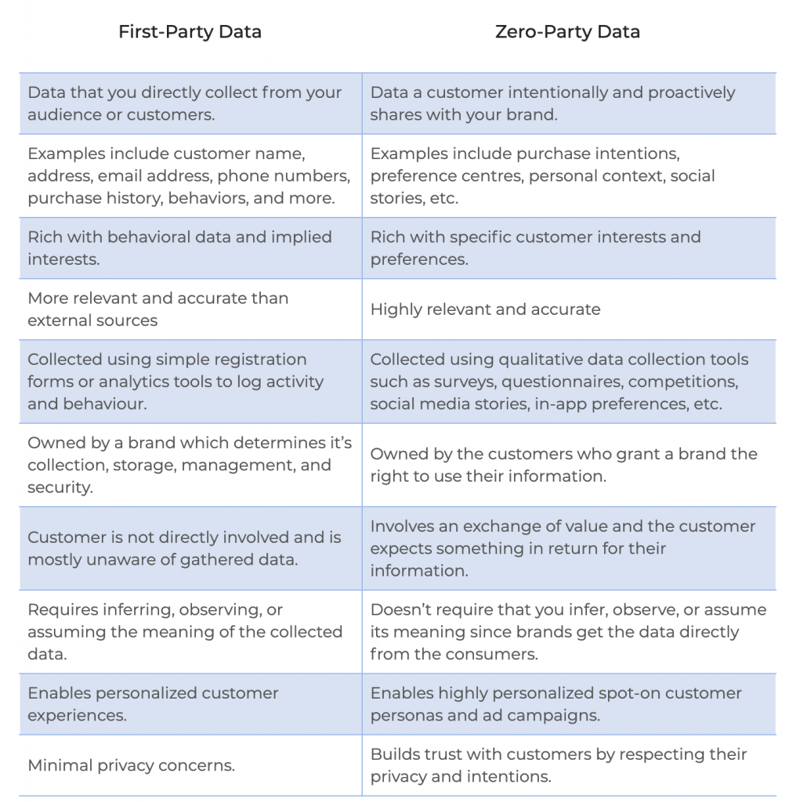
How do I collect Zero Party Data?
Ok, so hopefully you can already see the potential impact of Zero Party Data on your engagement and marketing campaigns. But how exactly can you go start collecting zero party data yourself?
There are two crucial steps here:
- First, figure out how you will ask for it
- Second, have a system in place to store, sort and assign the data to each individual customer’s profile.
We’ll look at the best option for storing data in a moment, but let’s think about getting our hands on it first. There are two ways of doing this, either you
- Proactively reach out and ask questions in real-time or
- Guide customers to a place where they can answer these questions in their own time.
For those, running interactive surveys or creating self-serve preference centres is often the best pick.
Interactive surveys
There was a time when manually conducting surveys in person (like at a physical store) was the only way you could gather data about your customers. The problem was they were labor-intensive and it was often a struggle to get people to participate.
Right now, there are a number of digital tools which simplify the process of capturing zero party data though. For example, now you can get creative and build quiz-style forms that are perhaps more engaging than the traditional survey. For extra incentive, you can also add a little gift to the survey/poll/questionnaire such as a discount code or free shipping. After all, the customer is doing you a huge favor.
The issue with a survey is that the information gathered can just easily become outdated as behavioral data. If you aren’t regularly polling customers, then who’s to say they still have the same interests?
We suggest that you kick-off a Zero Party Data acquisition drive with a survey, but back it up with a preference centre where customers can update their profiles and customer preferences themselves.
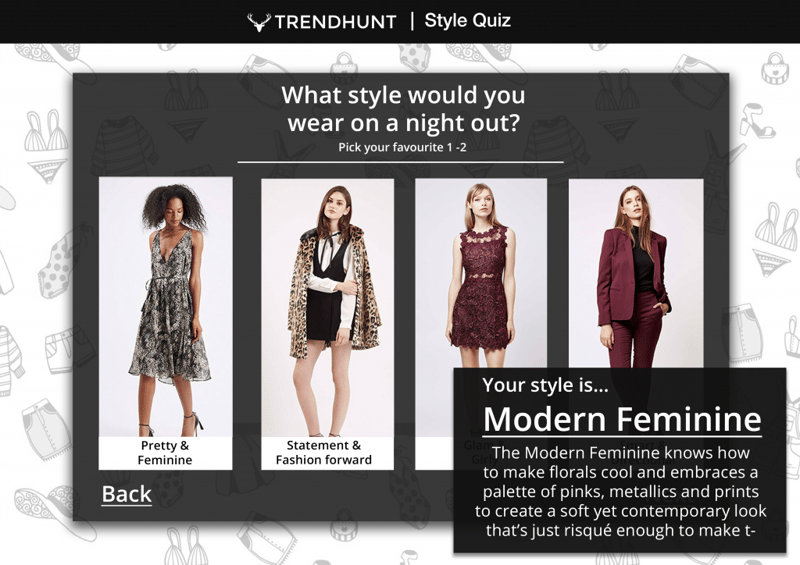
Self-serve preference centres
Given the various categories of content they produce on a daily basis, it’s not surprising that it’s the large publishers who are leading the way in terms of their collection and use of Zero Party Data.
The New York Times famously has dozens of different daily newsletters that its readers can subscribe to (check them all out here). Below is a small selection, which they present on an interactive page which allows you to opt-in to the ones you want.
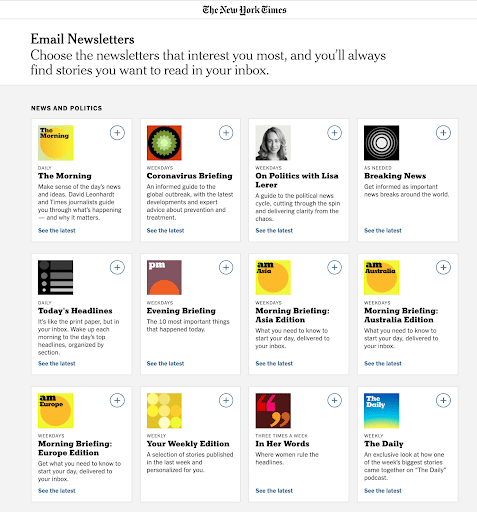
This is an example of a really simple self-service preference page.
LiveScore, the world’s largest digital sports publisher, has included a Settings tab that is prominently displayed on their website and within their app. Clicking on it brings up a very simple web overlay that gives the user a number of options to personalise their experience. This is something we’ve worked closely with them on to deliver. Typically, our clients would also include some sort of CTA (“Click here to personalise your communication preferences and profile”) in their email campaigns.
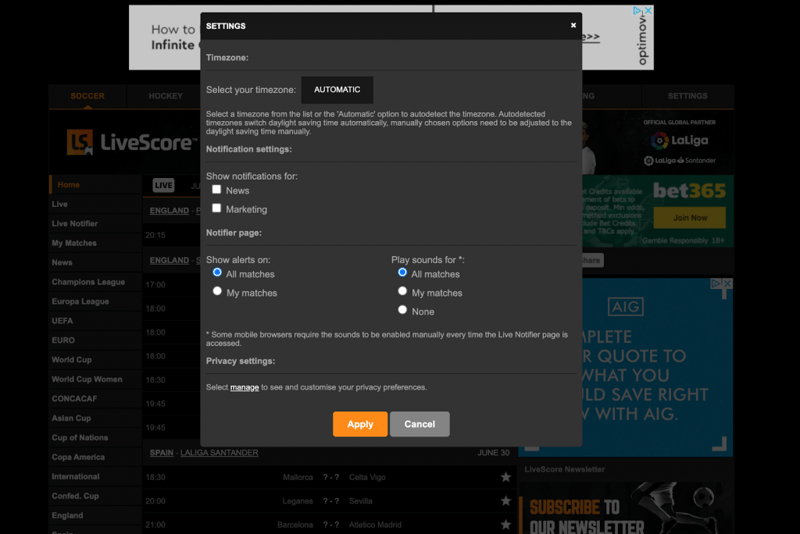
One thing that’s important to note here is that because Xtremepush can identify users based on their IP address, the user doesn’t need to actually create a profile or log-in, in order for these preferences to be saved and remembered.
How can I use Zero Party Data?
Practically speaking, it’s actually quite easy to start making this data work for you once you’ve collected it. If you’re using a Customer Data Platform, you will be able to quickly turn data into attributes for use in campaigns.
An attribute is a sort of tag that is assigned to a customer’s profile. It can be based on any number of factors, as decided by you, and a profile can have as many different attributes assigned to it as you want. These attributes in turn are then used to segment your users for micro-targeting.
For example, you have a customer who has bought Nike trainers in the past, therefore you add to his profile the following attribute; has_bought_Nike. Now, let’s say you have a sale coming up on all Nike products. You’ll want to make sure that any user with that attribute (has_bought_Nike) hears about this sale on all channels.
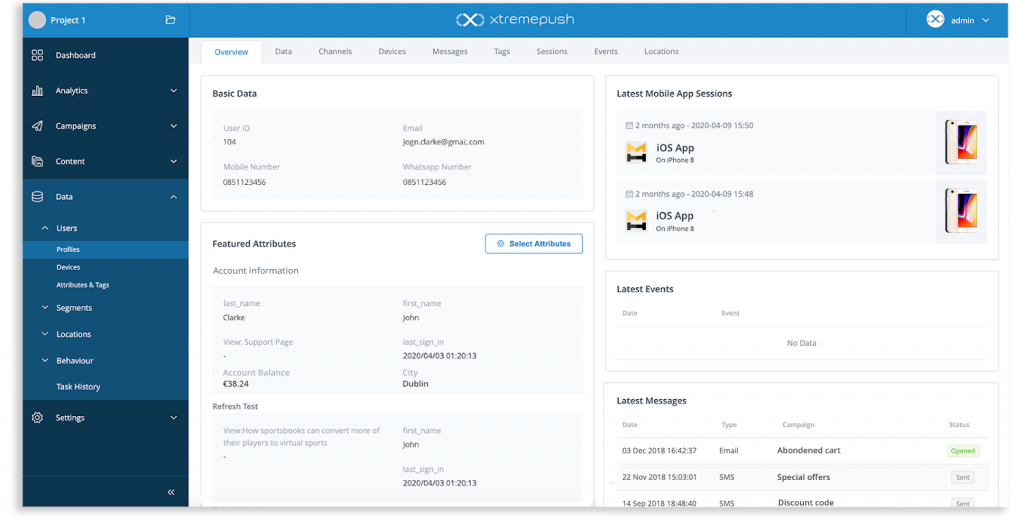
This is the most common method of assigning attributes to a customer; they behaved in a certain way some time in the past, so that’s how we categorise them from now on.
Honestly, this is more often than not fairly accurate. And brands do orchestrate highly successful customer engagement and marketing strategies based on them. However, what they don’t account for is people’s changing tastes and opinions.
This is where the idea of Zero Party Data comes into play. In these instances, the attribute is assigned to the customer because the customer themself has told you that’s what they are interested in right now or in the future. And crucially, if and when they change their mind and make different selections, their profile is updated in real-time.
Essentially, what you’re saying to the customer is, “Don’t want to hear about Nike trainers anymore? No problem, tell us what you’d prefer instead. ”And the easier you can make it for the customer to do so, the better things will be for everyone.
How does Zero Party Data relate to GDPR?
It’s difficult, and perhaps even irresponsible, to write an article on customer data without mentioning GDPR and its counterparts around the world like the California Consumer Protection Act (CCPA).
Zero Party Data is, in theory, absolutely permissible under this kind of legislation. But only if it’s collected openly and honestly (i.e. the customer is aware of what’s being collected) and used only for the purposes outlined at the point of permission being granted.
This doesn’t need to be complicated. If we think back to our example of the New York Times’ newsletters for a moment, the value-exchange is clear; you tell us what you want to receive and that’s what we will email you. That’s as far as the data is going and everyone is happy.
However, what if another publisher was collecting this level of preference data and alongside the daily newsletter you were also sent the occasional sales email promoting products and services related to your interests (e.g. you have signed up for sports content so we’re going to promote a special sports tv channel that we’re partnered with)? This is where things might start to get a little murkier in terms of compliance.
We always advocate for being completely transparent about how you intend to use your customer’s data. There’s nothing wrong with sales campaigns and, from our experience developing campaigns with our clients, most consumers are happy to receive them when they are personally relevant. But be upfront about your intention!
Where should I store Zero Party Data?
The last question we’ll answer in this is where exactly you should store this invaluable data – because it’s far more important than you might think.
The ideal place to store Zero Party Data, and First Party Data, is within some form of a Customer Data Platform, like the one inside Xtremepush. Why? Because a CDP is built to create detailed, comprehensive customer profiles from a range of sources.
Our engagement platform integrates with some of the biggest CDPs in the world, including Segment and Optimove. This allows companies using CDPs to execute campaigns using the wealth of data they have collected.
We have also added CDP capabilities to our platform itself, creating the world’s best-unified solution for customer engagement, understanding and decisions. By creating preference centres, managed from our platform dashboard, we allow marketers to acquire, assign and action data from a single location.
Do you want to see how Xtremepush works in practice? Then, how about scheduling a demo presentation with our team? You’ll be amazed at how easy Xtremepush will make it to collect data coming straight from your customers and then turn those into an exceptional user experience your customers deserve.
Conclusion
Using Zero party data comes with two massive benefits. First one, you get plenty of accurate data on what your customers like or want from you. And the second is that customers give you the information themselves – they WANT you to know what they like and use the information to boost their customer experience. Of course, we don’t mean here you should only rely on the data coming directly from your customers and nothing else.
Rather, you should try to combine both the zero-party data and first-party data to create a detailed customer profile – you’ll be surprised at how much powerful your marketing strategy might be with those two data methods working side-by-side.
Wrapping up
The challenge of acquiring, sorting and actioning customer data is easier with a company like Xtremepush and our technology behind you. Our platform is purpose-built to help you deliver personalised customer experiences at every stage of the lifecycle and across all digital channels. Talk to us today and schedule a demo tailored to your specific requirements and business goals.













